When you see a jar of mixed nuts, wouldn’t you assume that most of the contents are actually, well, nuts? Okay, the roasted peanuts are obviously just filler, but shouldn’t the rest be actual nuts? Would you be surprised to find out that many of them are not, and are, in fact, seeds and other types of fruits?
By definition, nuts are dry, one-seeded fruits encased in a hardened ovary wall. A true nut’s hard shell is fused with the seed within and does not ever naturally open to release the seed. One good example of a true nut is an acorn. Acorns, sometimes called oak nuts, are oak seeds contained in a hard leathery shell, and if you’ve ever cracked one open, you know how hard it can be to separate the inside nut from the shell.

Many of the foods that we think of as nuts in a culinary sense are, in fact, simply seeds. Others are part of the drupe family, different from nuts in that they also have a fleshy outer skin, or exocarp. When a plant’s ovary develops into a fruit, the ovary becomes a nut’s hard outer shell, but for drupes, the ovary becomes the fruit’s fleshy outer skin. Notable drupes include some of our favorite fruits like peaches, cherries, and plums (all famous for having pits that contain the seeds), as well as the singular spheres on blackberries and raspberries that enclose the individual seeds. Many of the drupes that we think of as nuts actually grow inside husks or fleshy outer shells, which differentiate them from true nuts which, like acorns, do not.
So do you think you can tell which of our favorite “nuts” are actually nuts and which are not? Click each “nut” below to see its classification! Or you can click the button below to reveal the answers all at once.
PeanutsNot NutsThis one should have been easy, because it’s a commonly known factoid among elementary school children that peanuts are not nuts - they are legumes. If you’ve ever cracked open a roasted or boiled peanut shell, you’ve seen the peanut seeds inside lined up just like peas in a pod, because peanuts are in fact related to peas and beans. Peanuts are even more estranged from true nuts because peanuts grow underground. The peanut bush flowers aboveground, but when fertilized, the bush’s stalks elongate and grow into the soil. So even though peanuts taste like nuts when roasted, they are pretty different from true tree nuts!
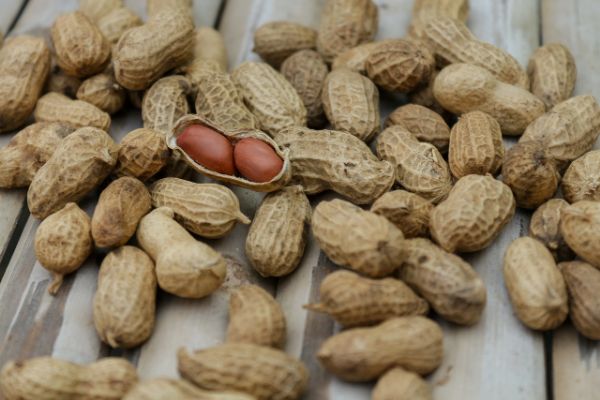
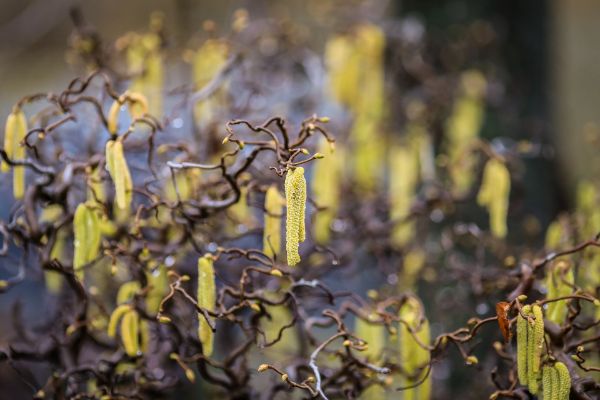
AlmondsNot NutsAnother common addition to the bowl of mixed nuts is the almond. But technically speaking, almonds are not nuts. The almond seeds we eat are enclosed in a hard outer shell, like nuts, but the fruit is also wrapped in a fuzzy green hull, making it a drupe instead of a true nut. In fact, almonds are in the prunus family, the same genetic family as peaches! The green hulls that surround young almonds are considered delicacies by some chefs, but most in the US are ground up and added to cattle feed.
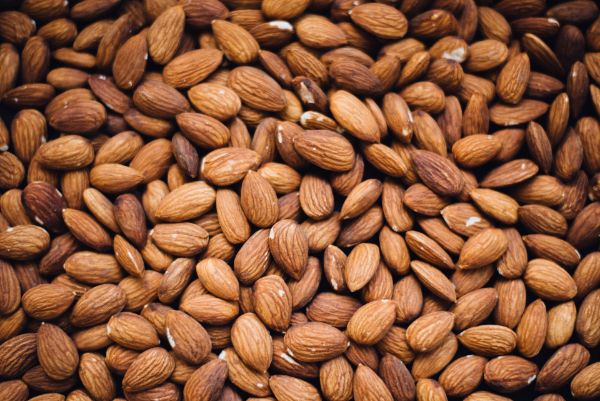
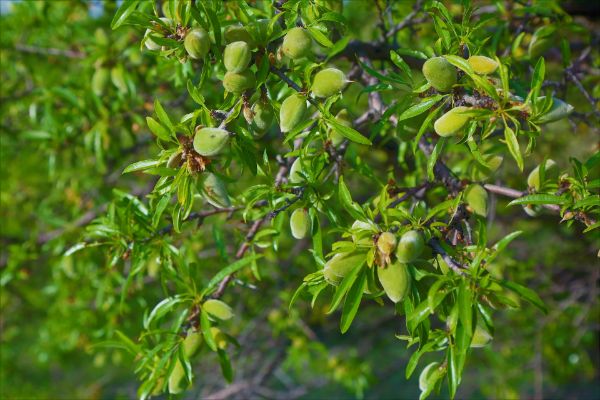
CashewsNot NutsCashews take the prize as the strangest so-called nut on this list. The seeds we know as cashews actually grow at the bottom of pear-shaped stalks known as cashew apples. However, despite its name, the cashew apple is not the tree’s fruit, because it does not contain the seed. The seed, which we humans eat, grows at the bottom of the cashew apple in a kidney-shaped shell, meaning cashews are also technically drupes. The shells around the cashew seeds are toxic to humans, but in countries like India where many of the world’s cashews are grown, cashew apples are used in jams, chutneys, and curries, as well as fermented into an alcoholic drink called fenny.
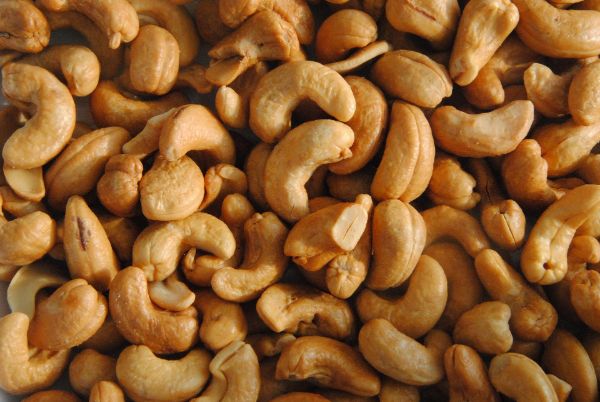


WalnutsNot NutsDespite having the word “nut” in their name, walnuts are also actually not technically nuts either. Walnuts fall into the drupe category because the seeds, which we eat, and the hard inner shell, which we commonly break open with nutcrackers, grow inside a green husk, which is its fleshy exocarp. These fleshy skins open when they mature and drop the shelled walnuts we are familiar with.


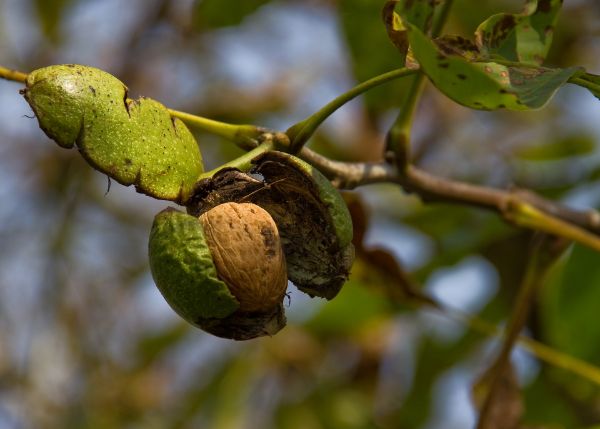
PecansNot NutsLike walnuts, pecans are so close to true nuts that some botanists refer to them as “drupaceous nuts.” But as you can guess, pecans are also drupes. Like walnuts, pecan seeds and their hard inner shells actually grow inside green outer shells which split when mature to drop their shelled pecan seeds. They taste great on pies though!


Brazil NutsNot NutsBrazil nuts are usually one of the largest nuts in the bowl of mixed nuts, and coincidentally, they grown on one of the largest trees in the South American rainforests. More appropriately called “Brazil seeds,” they grow inside large, round, woody fruits that contain between 10 and 25 edible seeds. Since nuts technically only contain one or two seeds, Brazil nuts are botanically considered fruit seeds instead of nuts. Sadly, because of a shortage of Brazil nuts that led to a hike in price and subsequent decrease in demand, Brazil nuts are harder to find these days in jars of mixed nuts, but we hope they make a comeback someday!
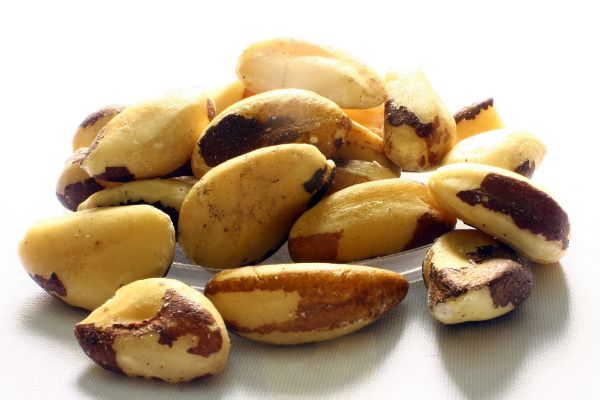
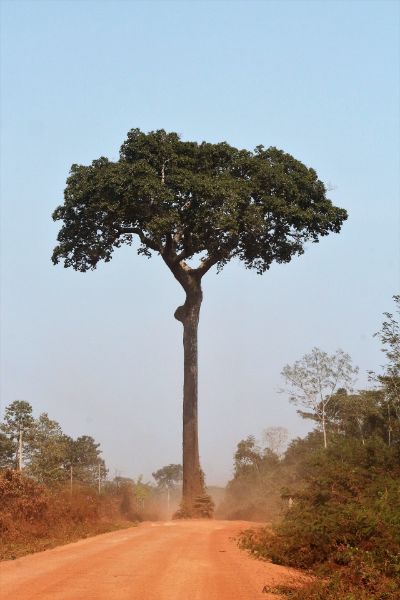
PistachiosNot NutsPistachio trees are native to the Middle East and its fruits are believed to have been eaten by humans for over 8,000 years. The tree’s seeds grow in clustered fruits, much like grapes, inside hard shells. Because the seeds’ shells split upon maturity to release the seeds (which makes it easier for us humans to open and eat them), they do not qualify as true nuts. Instead, like their close relatives, cashews, pistachios are also drupes.

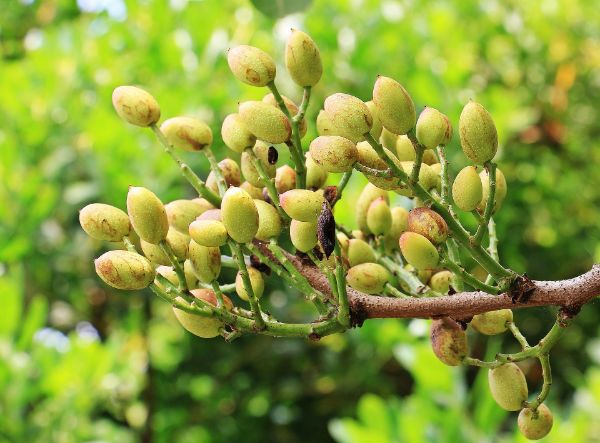
Macadamia NutsNot NutsFamous for their pairing with white chocolate chips in one of our favorite cookies, macadamia nuts are, in fact, also actually drupes. The seed is enclosed in a thick, leathery husk that splits when it matures to release the seed. Fun fact – over 70% of the world’s macadamia nuts are grown from trees that descended from ancestors from one Australian town - Gympie, Queensland.
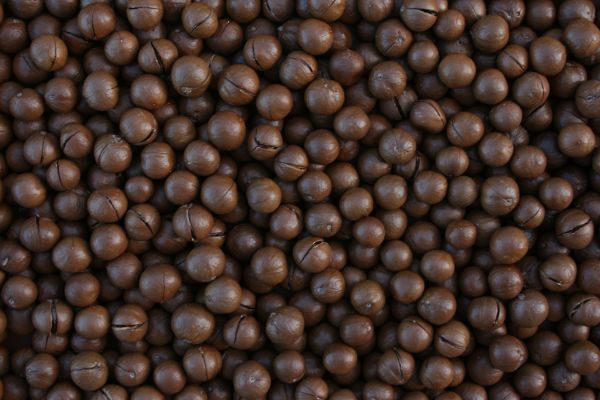
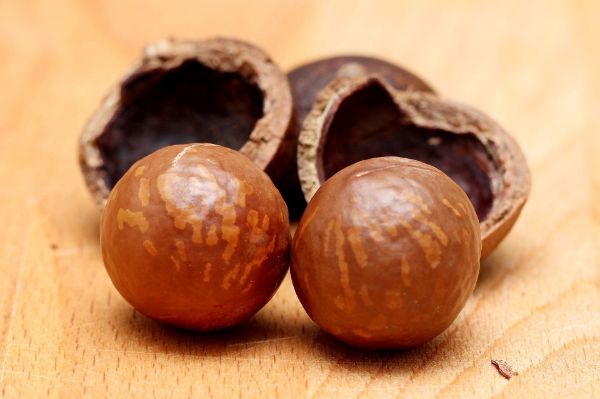
Pine NutsNot NutsThis one should have been easy. Have you ever seen a shelled fruit on a pine tree? Pine nuts are actually just edible seeds that are collected from the cones of approximately 20 pine tree species around the world.
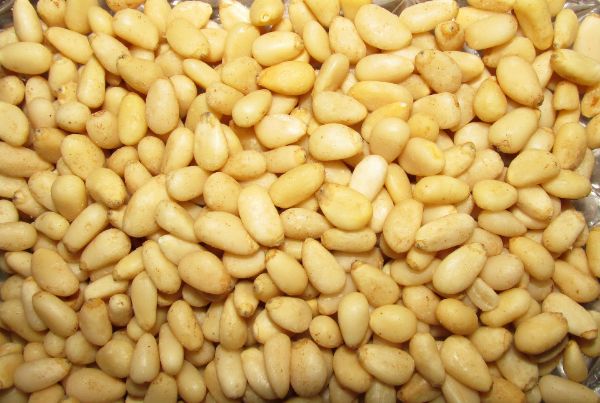
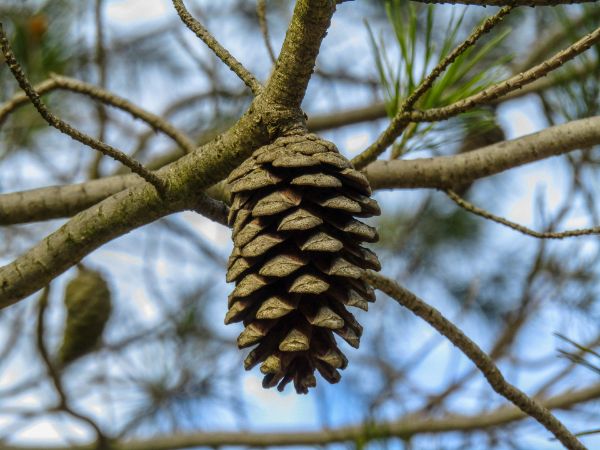
CoconutsNot NutsThough they have the word “nut” in their name, coconuts are actually also drupes. Although they are the one-seeded fruits of the coconut palm, like other drupes, they are encased in a tough, fibrous husk. You would be forgiven for thinking of coconuts as true nuts, though, because in 2006 the US Food and Drug Administration classified coconuts as tree nuts for the purposes of allergen warnings.
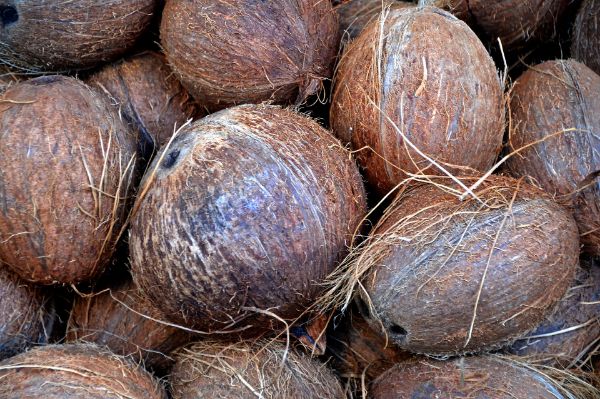
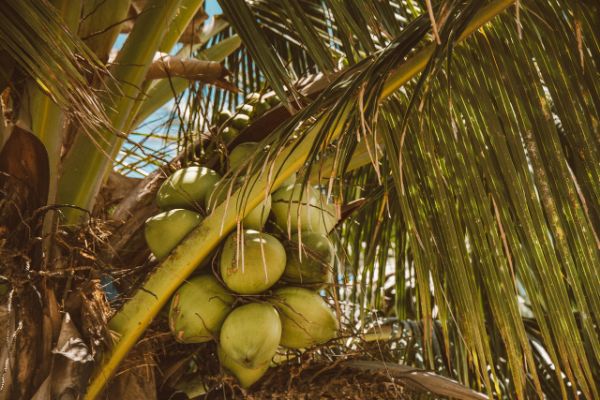
HazelnutsNuts!Were you starting to lose hope that any true nuts actually exist? Well known for flavoring delicious coffee blends and nowadays appearing more and more in jars of mixed nuts, hazelnuts meet the true definition of a nut – a one-seeded fruit enclosed in a single hard outer shell.

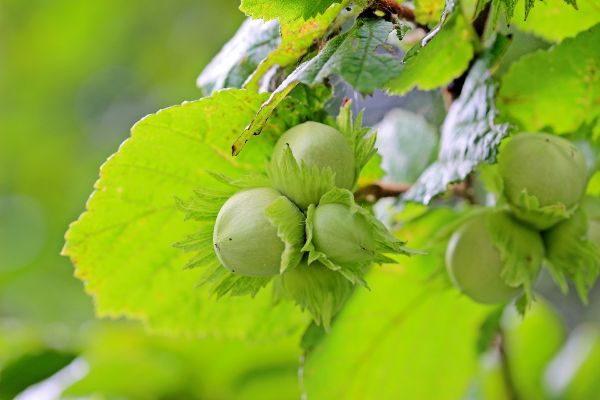
ChestnutsNuts!Best known for roasting over an open fire and traditionally used as stuffing in roasted chickens and turkeys, chestnuts, like hazelnuts, are one of the few nuts that actually meet the true definition of a nut. What’s kind of ironic is that chestnuts are less popular than other culinary nuts precisely because, as true nuts, their shells are notoriously difficult to crack and separate from the edible kernel within. And because you’re wondering, no, water chestnuts, commonly found in Asian dishes, are not nuts. Even though they do bear a striking resemblance to their tree-nut counterparts, water chestnuts are corm vegetables that grow underground.
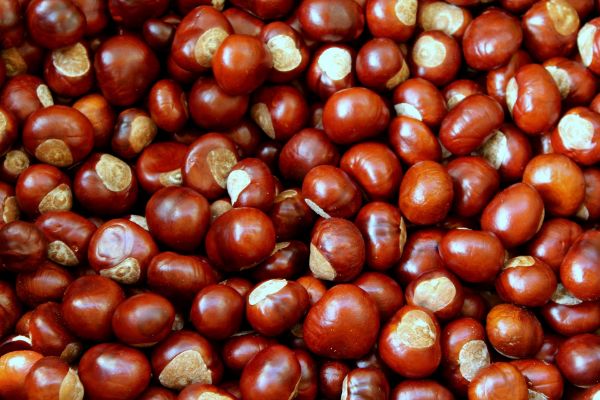

So how did you fare in our “nutty” brain teaser? Were you surprised at how many foods we take for granted as tree nuts don’t actually meet the definition of true nuts? Hopefully you’ve come away with some handy facts to impress fellow guests at future cocktail parties, where bowls of mixed nuts are likely to make an appearance!
Read more:
https://www.mentalfloss.com/article/617729/nuts-that-arent-actually-nuts
https://www.businessinsider.com/nuts-that-arent-actually-nuts-2016-2
https://www.theguardian.com/science/blog/2016/nov/10/hips-haws-and-drupes-when-is-a-nut-not-a-nut





